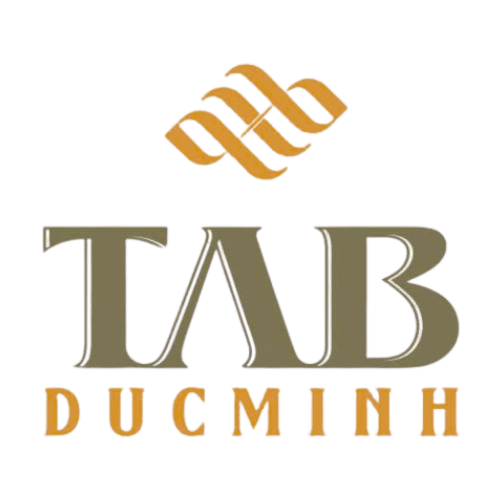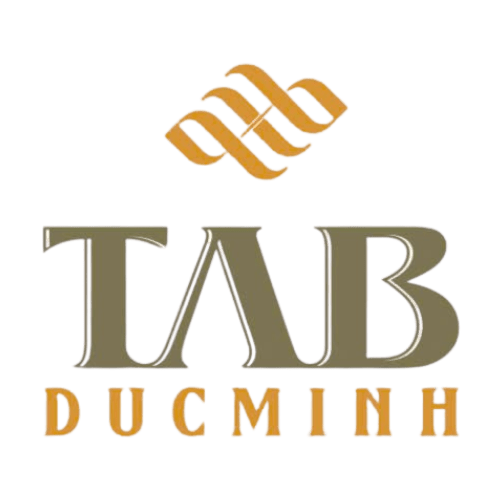Tin tức
Unlocking Factors That Accelerate Innovation Adoption
1. Introduction: The Role of Adoption Speed in Innovation Lifecycle
Understanding when and how new ideas take off is fundamental to managing successful innovation. As discussed in When Do New Ideas Typically Take Off?, the timing of adoption significantly influences the overall trajectory of an innovation. Accelerating factors—those elements that push the adoption curve upward—are critical in shortening the time between initial introduction and widespread acceptance. Recognizing these factors allows organizations to actively influence the early and late stages of adoption, ensuring a faster, more efficient transition from concept to market dominance.
Table of Contents
2. The Psychology Behind Adoption Decisions: Why Some Innovations Spread Faster
At the core of rapid adoption lies the psychology of the adopter. Research shows that individuals’ decisions are heavily influenced by their perceptions of benefits and risks. For example, a study by Rogers (2003) highlights that early adopters are motivated by the perceived relative advantage of an innovation—such as cost savings or convenience—and by their confidence that the risk of failure is minimized.
“Perceived benefits and trust dramatically shorten the adoption cycle, turning skeptics into advocates faster.”
Furthermore, social proof—where individuals look to peers or influencers—serves as a catalyst for faster spread. Network effects, especially prevalent in digital platforms, create a snowball effect, where the value of adopting increases as more people do so. Facebook’s rapid adoption in its early days exemplifies how social proof and network effects accelerate acceptance among users.
3. The Influence of Communication Strategies on Adoption Rates
Effective communication is essential for speeding up adoption. Crafting messaging that clearly articulates the unique value proposition of an innovation can shift perceptions and reduce hesitation. For instance, Apple’s product launches often feature compelling narratives emphasizing innovation and user benefits, which significantly contribute to swift consumer acceptance.
Leveraging trusted influencers and opinion leaders amplifies the message’s credibility. A 2020 Nielsen report indicates that 92% of consumers trust recommendations from individuals over brands, underscoring the importance of influencer marketing in accelerating adoption.
Targeted marketing channels—such as social media, industry-specific forums, and direct outreach—ensure that the right audiences receive the message promptly, reducing the diffusion gap that often delays widespread acceptance.
4. Technological Enablers of Accelerated Adoption
Digital platforms facilitate real-time feedback, allowing innovators to respond swiftly to user needs and concerns. For example, the launch of Tesla’s over-the-air software updates exemplifies how technology enables continuous improvement, encouraging early adopters to become advocates, thereby speeding up mass adoption.
Data analytics and artificial intelligence (AI) play crucial roles in understanding adoption patterns. By analyzing user behavior, companies can identify barriers and tailor strategies accordingly. Amazon’s recommendation engine, for example, enhances perceived value and encourages rapid adoption of new products.
Innovations in distribution channels, such as e-commerce and direct-to-consumer models, reduce the time and cost associated with getting products to market—further shortening the adoption cycle.
5. Organizational and Cultural Factors Accelerating Adoption
Leadership commitment to innovation creates a top-down environment where experimentation is encouraged. Companies like Google foster an internal culture of innovation, where rapid prototyping and scaling are standard practices, thereby accelerating adoption within the organization and beyond.
Internal processes that promote swift experimentation—such as agile development methodologies—allow organizations to test and refine innovations quickly. This iterative approach reduces time-to-market and enhances the likelihood of rapid adoption.
Cross-sector collaborations and strategic partnerships build trust and credibility. For example, alliances between automakers and tech firms, such as Ford and Argo AI, accelerate the deployment of autonomous vehicles by combining expertise and resources.
6. External Ecosystem and Market Conditions Favoring Speedy Adoption
Regulatory environments that streamline approval processes or reduce barriers facilitate faster market entry. For instance, the rapid deployment of COVID-19 vaccines was partly due to accelerated regulatory pathways in many countries.
Market pressures, such as competitive dynamics and evolving consumer demands, act as catalysts. The rapid adoption of electric vehicles (EVs) has been driven by increasing fuel prices and stricter emission regulations, pushing consumers and manufacturers to accelerate their adoption.
Societal trends, including increased digital connectivity and environmental awareness, create a conducive environment for innovations to be accepted swiftly. The global shift towards remote work, accelerated by the pandemic, exemplifies how societal trends can speed up the adoption of new work technologies.
7. Measuring and Managing Factors That Speed Up Adoption
Key indicators such as adoption rate, time to reach critical mass, and user engagement metrics help track acceleration progress. For example, the viral growth of TikTok was monitored through rapid increases in active users, guiding strategic investments.
Feedback loops—via surveys, usage data, and social listening—enable continuous improvement. Spotify, for example, uses user feedback to optimize features, facilitating faster onboarding of new users and features.
Successful acceleration initiatives are often illustrated through case studies. A notable example is the rapid adoption of contactless payments in Asia, driven by technological infrastructure, consumer trust, and regulatory support.
8. Bridging Back to the Lifecycle: When Do New Ideas Truly Accelerate?
A comprehensive understanding of the factors that accelerate adoption refines our predictions about the timing of innovation takeoff. When organizations actively leverage psychological, communicative, technological, organizational, and external factors, they not only hasten initial uptake but also facilitate rapid scaling.
The interplay between early adoption triggers and subsequent growth phases underscores the importance of strategic timing. Recognizing these acceleration points allows innovators to optimize resource allocation and market entry strategies, ensuring that new ideas do not just take off but do so at a pace that sustains competitive advantage.
Ultimately, harnessing these factors transforms the theoretical understanding of the innovation lifecycle into practical, actionable steps—making the journey from idea to widespread acceptance faster and more predictable.

